Find 100% of a Number

Are you struggling with finding the percentages in maths? You don't need to worry, as it is a common issue for students. You can find it simply by dividing the part of the quantity by the whole quantity and multiplying by 100
If you are preparing for your math test or exam and are worried about how to find a percentage of a number, then you are in the right place. We will help you understand the concept and find the percentage in simple and easy ways.
In this blog, we provide simple tricks or guides with examples and explanations that will help you to understand the basic concept of percentages and fractions quickly.
What is a Percentage?
The percentage comes from the word per cent, which means per 100 and is symbolized as %. It is a way to represent a number out of 100.
In simple you can consider a 100 as a whole quantity and what parts you obtained as compared to the whole quantity. So it is used to compare a part with the whole quantity.
- A formula to find the percentage of a number
For example:
You got 80% in the exam. It means 80 out of 100.
How to Find a Percentage of a Number
Percentages are a way of comparing numbers on a scale of 100. They are widely used in exams, shopping, finance, and daily life.
Steps to find the percentage of a number are :
Step 01: Identify the number that is part of the quantity you want to compare and the whole quantity.
Step 02: Divide the part of the quantity by the whole quantity.
Step 03: Multiply it by 100
- Example 01: To find 60 % of 100
In this query, 100 is one time is equal to 100, so the remaining is 1
then 60 x 1=60
So, you obtained a total of 60 percent.
- Example 02: To find 60/80 x 100
Step 01: Cut the 60 by 80, with their common factor, which is 20.
Step 02: Cut the 4 and 100 with the common factor, which is 2
Step 03: Again, cut the 50 with the denominator by 2, which is 25
So the answer is 75.
- Example 03: What is 3/5 as a percent
Step 01: Cut the denominator 5 by 100, which is
Step 02: Now multiply the number 3 by 20
So, the answer is 60.
- Example 04: What is 4% of 100
Solution
The answer is 4
- Example 5: What is 100% of 30
Solution
100 one time is equal to 100, so
The answer is 30
Convert Percentage into a Fraction.
Converting the percentages into fractions is easy; just write the percentage over 100 and simplify it into its lowest form. The following examples help you understand how to convert the percentages into fractions.
- Example 01: How to find 20 percent of a Number
Solution
20%
Step 01:Write the percentage over a hundred so it can be written as:
Step 02:Cut the 20 With 100, which is :
The fraction form of 20% is 15
- Example 02: How to find 40 percent of a Number
Solution
40%
Step 02:Cut the 40 by 100 with their common factor
Step 03: Cut the 20 by 100 with their common factor, which is also 2
Step 03: Now again cut the 10 by 25 with their common factor, which is 5
So, the fraction form of 40 % is =25
- Example 03: How to find 5 percent of a number
Solution
5%
Step 02:Cut the 5 by 100 with their common factor, which is 5
So, the fraction form of 5 % is =120
Convert the Percentage into a Decimal
It is another way to write a fraction. Decimal form means writing a number using the (.) or 0. form. The formula is :
Decimal =Percentage 100
- Steps to convert a percentage into a decimal are:
Step 01:Remove the percentage symbol
Step 02:Now divide the number by 100, and the answer is in point form.
Here are examples for better understanding ;
- Example 01: How do you find 100 percent of a number
Solution
Step 01: Write 100 under the number 10 as we do in the above scenarios.
10%
Step 02: Divide the number 10 by 100. The numerator 10 is less than 100, so we add( 0.). It becomes 100, then we divide it.
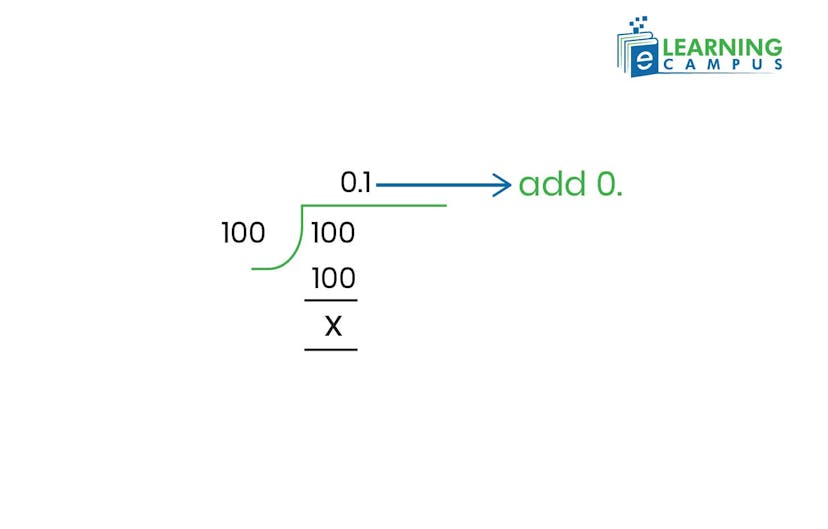
=0.1
So, 0.1 is the decimal form.
- Example 02: 1/3 of 100
Solution
Step 01: In math, of means to multiply, so it can be written as :
Step 02: Multiply 1 by 100, which is 100
Step 03: We can't cut them directly because 100 is not fully divisible by 3.

Step: 33.333 This 3 never stops repeating itself, so we shortly write the answer as:
So, the answer is approximately 33.33. It is also a decimal number.
- Example 02: What's 25% of 50
Solution
Step 01: Write 100 under the number 25
Step 02: Cut the 100 by 50, which is
Step 03:Now divide the 25 by 2, which is ;
So, 12.5 is a decimal form.
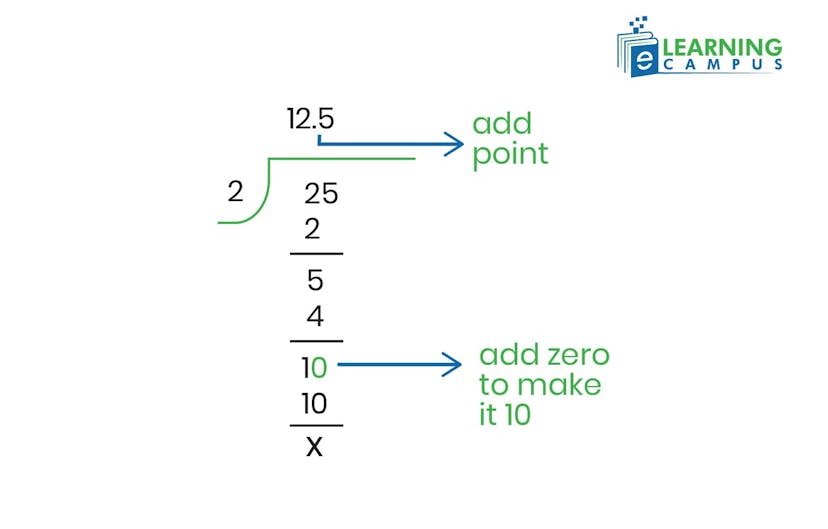
- Example 03: How to find 10 percent of a number
10%
Solution
Step 01: Write 100 under the number 10.
Step 02: Divide the number 10 by 100 with place 0.
The decimal form is 0.1
Convert a Fraction into a Decimal, then into a Percentage.
Convert the fraction into simplest form by cutting it with a common factor when no more cutting is possible, then divide the numerator by the denominator. The value comes in point form, which is called a decimal value. Multiply the decimal value by 100 the final answer is the percentage form. Steps are given :
- Example 01: 50/75 as a percentage
Solution :
Step 01: Simplify the fraction by cutting it with the same common factor as 5, which is:
Step 02: Again, cut it with the common factor 5, which is;
Step 03:Convert the fraction into a decimal by dividing it by 3, as we know that 2 is smaller than 3, so we add 0 for further procedure.
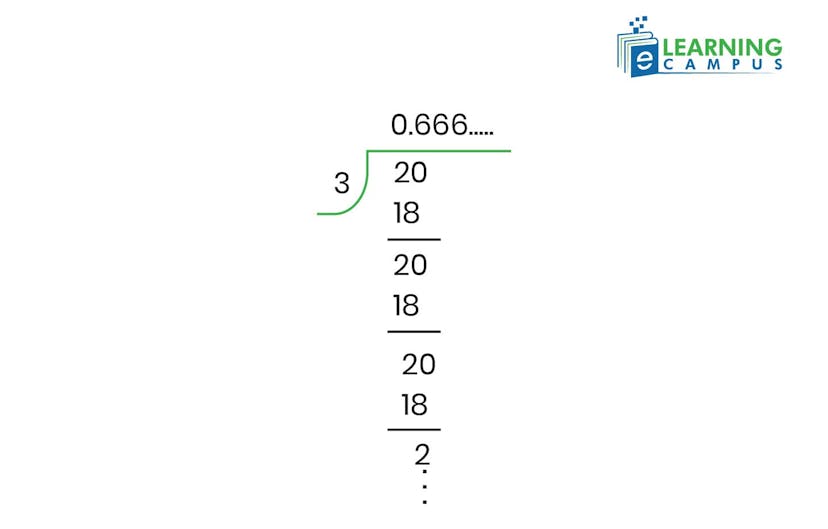
Decimal form: 0.666 approximately
Step 04: Now multiply the decimal form by 100
0.666 x 100=66.6%
So, the percentage is 66.6%
- Example 02: What is 30 out of 40 is what percent?
Solution
Step 01: Cut the zeros from each other, then the remaining is ;
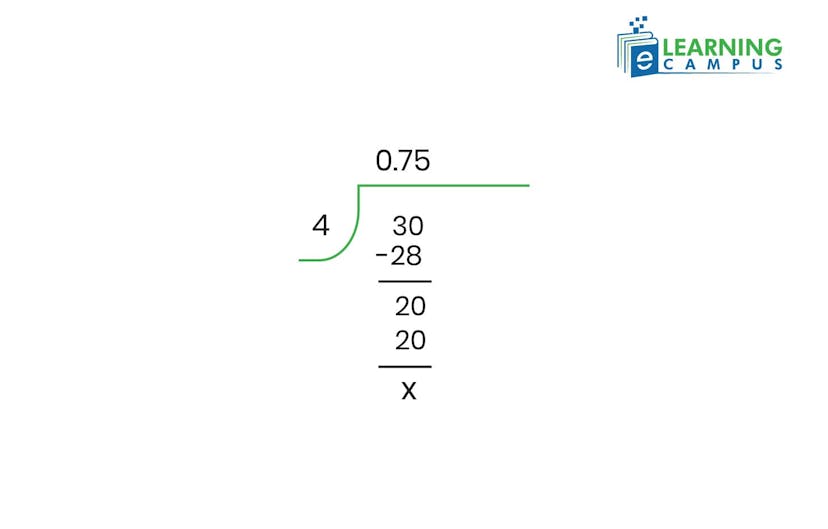
Step 02: Convert it into decimal form
=0.75
Step 03: Convert the decimal into a percentage by multiplying the decimal value by 100
=0.75100
=75%
So, 30 out of 40 is 75%
- Example 03:1/6 of 100
Solution
=16100
Step 01: Cut the denominator 6 by 100 with a common factor, which is :
The fraction form is 50/3
Step 02: Now you can divide the 50/3
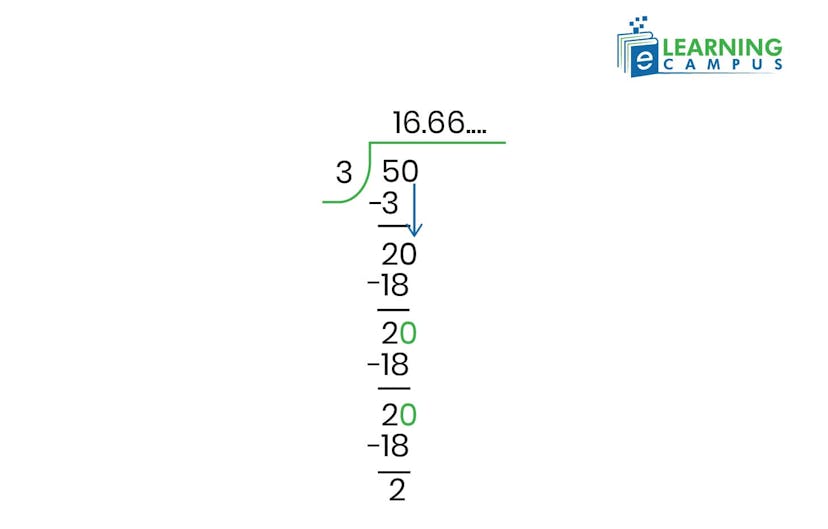
The decimal form is 16.66
So, 1/6 100 is 50/3 which is approximately equal to 16.66%
Example 4: What is 100 of 8 in percentage
Solution
Step 01: Write it according to the formula :
Step 02: To solve the query, first, we need to divide 100 by 8
=12.5
Step 3: Now multiply 12.5 by 100

So the answer is 1250%
- Example 05: 100 out of 120 as a percentage
Solution
Step 01: In this query, the total quantity is 120, so it can be written as ;
Step 02: According to the formula
Percentage =(part of quantity /whole quantity ) multiply by 100
Then it becomes:
Step 03: convert into the simplest form as given :

So, the answer is 83.3%
Conclusions
Converting the percentages into fractions or decimals is are little bit tricky, but not difficult once you learn it fully with concentration, then it's easy for you. In our blog, we provide many examples that help you in learning or converting percentages into different forms.
Remember one Thing: The more you practice, the better you will understand.
Learn math online with expert tutors.
Do you struggle with percentages or find math calculations confusing? Don't worry, our expert online math tutors are here to help you. Learn mathematics with confidence, clear your concepts, and target the preparation for exams. Get benefits with our online tutoring service and start learning math the smart way.
